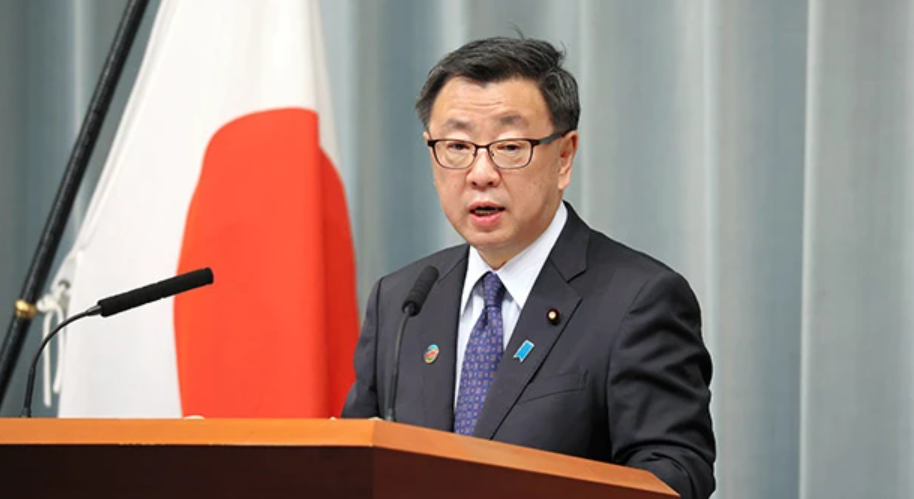After rejoicing just a few days ago at the news of the increase in the US birth rate recorded for the year 2021, we are now disappointed to hear news from Japan, where the most recent statistics released by the Ministry of Health showed a truly remarkable decline in births. A total of 811,604 children were born in 2021, about 30,000 fewer than in 2020, an outcome even worse than the long-term forecast of 2027 given by the Japanese government.
The “demographic winter” in the Land of the Rising Sun is unfortunately nothing new; in fact, the downward phase began as early as 1973, the baby boom year, with 2.09 million new births. Today the average number of children per woman has dropped to 1.30, while the number of marriages has seen a decline to just over 500,000 marriages during the year, the lowest since the period immediately following World War II.
What could be the reasons for this? The current trend, and one that is of concern to the government, in the words of the Ministry of Health spokesperson, is attributed to the already shrinking population composed of women of childbearing age. However, what still remains to be determined is the impact of factors arising from the COVID-19 pandemic and the widespread uncertainty generated by the country’s economic crisis. At a conference, Chief Cabinet Secretary Hirokazu Matsuno said that the problem of low birth rate “[…] could destabilize the foundations of the country’s society and economy,” reiterating that its resolution is one of the priorities on the government’s agenda.
There is, in fact, a problem in addition to the shortage of new births in Japan. In addition to a fertility rate below the minimum threshold of 2.07 children, the one considered necessary to ensure generational turnover, there is the highest life expectancy in the world. Of Japan’s 126 million people, about 28 percent of the population is over 65 years of age.
